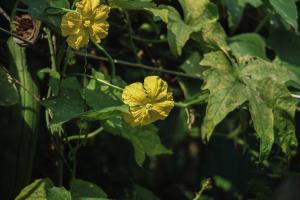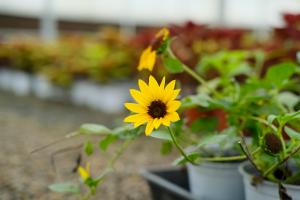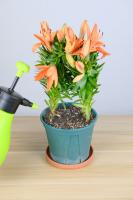Introduction
Plastic planters have become increasingly popular in recent years. But are they good for plants? This article explores the pros and cons of using plastic planters and discusses whether they offer a suitable home for your beloved greens.
Benefits of Plastic Planters
One of the main advantages of plastic planters is their durability. They are designed to withstand harsh weather conditions, such as extreme heat and cold, and are less likely to break or crack than other materials. This makes them an excellent option for outdoor plants that are exposed to the elements.
Another benefit of plastic planters is their affordability. They are often less expensive than other types of planters, such as ceramic or wood, making them accessible to a wider range of people. In addition, plastic planters come in a variety of colors and designs, allowing gardeners to match them to their preferred aesthetic.
Drawbacks of Plastic Planters
While plastic planters have many benefits, there are also some drawbacks to consider. One of the main concerns is that they can be detrimental to plant growth due to poor drainage. Plastic containers typically do not have sufficient drainage holes, which can lead to waterlogged soil and root rot.
Another issue to consider is that plastic planters can create a less breathable environment for plants. Since plastic is not a breathable material, it can trap moisture and hinder oxygen flow. This can lead to a buildup of harmful bacteria or fungus, which can harm the plants.
Choosing the Right Plastic Planter
If you do choose to use plastic planters for your plants, there are certain factors to consider to ensure their health and growth. First, ensure that the planters have sufficient drainage holes to allow excess water to escape. Additionally, consider purchasing planters with a built-in saucer or tray to collect excess water and prevent staining on surfaces.
It is also important to choose a high-quality plastic planter that is made from durable materials. Avoid purchasing cheaply made planters that are prone to cracking or breaking, as these can be dangerous for your plants.
Conclusion
In summary, plastic planters can be an excellent option for gardening, as long as they are chosen carefully and used correctly. They are affordable, durable, and come in a variety of sizes and shapes to suit your needs. However, it is essential to ensure that they have sufficient drainage and provide a breathable environment for your plants. By doing so, you can create a happy, healthy home for your green friends.

 how many times do yo...
how many times do yo... how many planted tre...
how many planted tre... how many pine trees ...
how many pine trees ... how many pecan trees...
how many pecan trees... how many plants comp...
how many plants comp... how many plants can ...
how many plants can ... how many plants and ...
how many plants and ... how many pepper plan...
how many pepper plan...






























